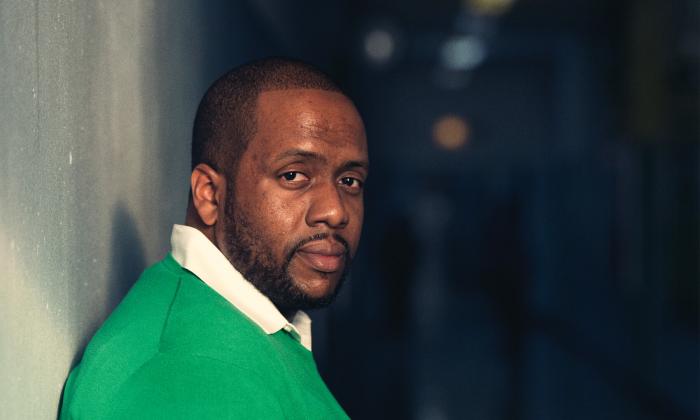
“F*** your homework!”
“I’m sorry. What?”
“F*** your homework!”
This unwarranted disruption from my student at the end of math class might have made me rethink my whole career path. The other students were equally stunned because outbursts like that never happened, and—for eight months—none of my students had felt the need to disrespect our class. We worked through dialogue and, even when there were rough patches, we diffused the negativity with understanding.
Yet, on this Friday, for this student who had re-entered my class in recent weeks, she saw an opportunity to rebel and jumped right in—and then immediately scurried out without returning that day.
For every 85 students who respect the way we do things in my classroom, there are always the other five students who seemingly have no interest in being there. Their gazes are blank and, when attentive, these five students would rather chatter with their friends than get into any task I might offer, no matter how interactive and student-centered. They skip—not walk—into class when they’re late, then sit there until I prompt them to take out their notebooks.
Am I satisfied with the idea that I’m keeping 85 students from becoming part of the five? No. My goal is always to teach all 90 students. I’m probably my own worst critic, wondering if I have built enough strong relationships with every single student to help them overcome their personal and academic struggles.
Math isn’t just a set of numbers for me, but an approach to solving problems or creating better problems than the ones we’ve been left. The idea that students can find success in math, the great gatekeeper for middle and high school students, gives me life. Even with my rather stoic facial expressions, I hope to project an enthusiasm about teaching students math that becomes infectious. When I see students arguing about the math and making sense of it without my interference, I’m downright ebullient. When they struggle with a concept, but my questions lead them toward their own sense of what’s going on, I’m equally joyous. That’s why I teach.
Math isn’t just a set of numbers for me, but an approach to solving problems or creating better problems than the ones we’ve been left.
I don’t see myself as a political agent in the sense of delivering an explicit message about my own politics, but my actions hopefully reveal elements of social justice, empathy and humanity—elements that can lead students to becoming problem solvers.
I teach because the students who let me impart lessons to them don’t just get the ideas of linear relationships and exponents but of passion and hard work. For those who can persevere, more often than not, they develop an unparalleled confidence in themselves and very often leave my classroom college bound and appreciative. For the students who struggle with my lessons, I’m quick to take responsibility for their life paths. Therein lies the struggle for those of us fully vested in our classrooms. We know how difficult life may be for the students most disaffected by our school system, and we lose sleep over the idea that even our best efforts can’t dismantle the effects of poverty and trauma.
As for the student who left that day, she eventually gathered herself through the end of the year, earning a good grade in my class, graduating from eighth grade and, yes, actually doing the homework assignment I gave her. I care about her growth, but she is no longer in my care. As a freshman in high school, she will now have to make choices with teachers who may or may not be as patient with her outbursts, teachers who, I hope, won’t take it personally when she does “turn up.”
My faith is in all students. If the person who pushes them to success is me, then I’ve done a great job. If the person isn’t me, then of course I’m happy anyway. My job is to be a conduit to their path.
José Luis Vilson teaches math at IS 52 in New York City.
Share Your Story:
We want to hear what motivates you to get up each morning and serve students in our nation's schools. Send your 600-word submission for the "Why I Teach" column to us here.